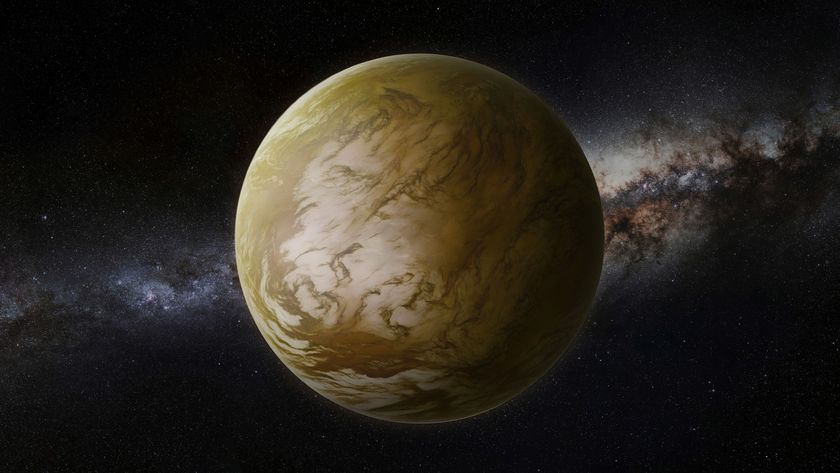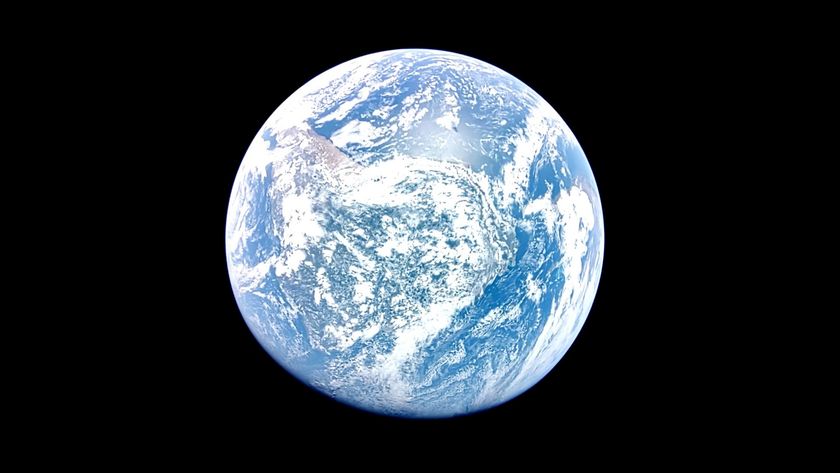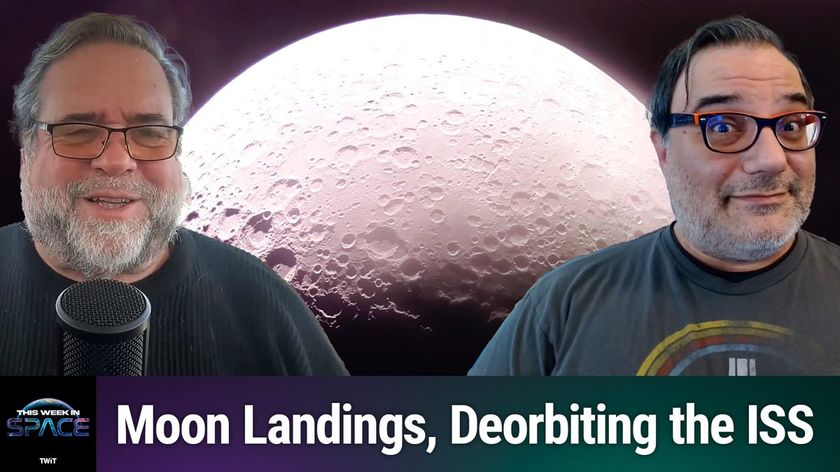Walking into the Past
Walking with the dinosaurs seems like a step into deep time - but the fossil mounds of the Pilbara region of Western Australia known as stromatolites are actually 58 times older. They may be the best evidence we have of our earliest ancestors. Our planet was something of an alien world 3.43 billion years ago when they formed, compared to today's relatively balmy, oxygenated conditions. So they are not only important in understanding our own origins but also in the search for past and present life on other worlds such as Mars.
As Edna DeVore described last week, you can take a trip to the stromatolites via the newly released Pilbara Virtual Field Trip co-developed by NASA and Macquarie University. But the making of the Virtual Field Trip is a story in itself - and one that opens the door to other mergers with science and technology to bring science into the public domain in a very different way.
The Virtual Field Trip could be the first time that an immersive, virtual reality environment has been used with the intention of working with scientists to deliberately embed science as it happens into the Virtual Field Trip - the dawning moments, the debate, and the challenges at one of the leading edges of astrobiology: Earth analogs of Mars.
It happened in a rather dramatic way, as can now be revealed with the publication of Abigail Allwood's Nature paper on June 8 - widely reported around the world - "Stromatolite reef from the Early Archaean Era of Australia" with co-authors Malcolm Walter, Baltz Kamber and Ian Burch.
It turns out Abby was putting the finishing touches to her hypothesis during the Australian Centre for Astrobiology's international workshop and field trip to the Pilbara in which she participated. Abby talked about locations on the ancient reef during our data collection to create the Virtual Field Trip and the making of a PBS/NASA TV documentary 'Looking for Life'.
One of the three locations of the Virtual Field Trip where you can move freely over the landscape - the Trendall Locality - is part of that six mile section of microbial reef the paper identifies. You can be there at the coalface with Abby as she talks about the Trendall Locality and completes testing of the reef hypothesis. There is also multimedia input from members of the international team of astrobiologists examining the evidence in the field and providing their views in situ.
Abby and her co-authors have described the ancient reef as being cut off one end by a geological fault, and at the other as it disappears into what would have been deep water - not liked by the microbial communities that created the stromatolite structures, just like modern microbial mats that make stromatolite structures in places like Shark Bay in Western Australia.
Get the Space.com Newsletter
Breaking space news, the latest updates on rocket launches, skywatching events and more!
"If you start at the deep water end and trace it along the reef system, the numbers of stromatolite shapes increase and become more complex and varied, just as occurs in biological reef systems throughout the geologic record," she says. "It is a classical biological response to the environment." Seven distinct types and association of stromatolites are described in the paper.
The stromatolites were first described three decades ago and since then the Geological Survey of Western Australia has undertaken mapping of the area and other researchers have worked towards understanding whether the ancient mounds were made by life or by some physical or chemical processes. It's driven spirited debate over the past 30 years. The Nature paper aims to resolve that debate.
You can now visit and decide for yourself, as well as take in a landscape that is 3.5 billions years old. That's hard to imagine, but stretch out an arm...think of the tip of your shoulder marking 3.5 billion years ago...imagine filing your fingernail tips - you would have filed away all of human civilisation!
The Virtual Field Trip allows free movement over more than a kilometer area in each direction at each location. The scientists are on tap via embedded multimedia, including Abby. You can also view an ancient stromatolite in the same way a scientist would via the Virtual Lab, diving down into the 3.5 billion structure at micron level, picking out the elemental analysis at any point you choose. Another program available at the Virtual Field Trip website is What's the Difference? which has a Pilbara database that allows a dynamic, highly visual comparison of four environments - ancient and modern Pilbara, and ancient and modern Mars.
In NASA's World Wind (now approaching 20 million downloads) you can zoom down into the Pilbara using the astrobiology sites button, and bring up geology, topographic, magnetic and gravity maps that overlay the satellite imagery by using the 'zoom it' chevron in 'layers' and choosing Australia. Only the latter tool is not cross-platform, but that will be changing with around three months. You can access all the links via the searchable Pilbara Wiki website.
Carol Oliver is Assistant Director (Management and Outreach) with the Australian Centre for Astrobiology at Macquarie University in Sydney, Australia.
- Mars Analog on Earth: Taking a Trek in the Outback
- VIDEO: Figuring Out the Odds of ET Existing
- VIDEO: Reflections of Fermi's Paradox
- VIDEO: Listening for Life
- GALLERY: Scenes from SETI at Arecibo
Join our Space Forums to keep talking space on the latest missions, night sky and more! And if you have a news tip, correction or comment, let us know at: community@space.com.
Most Popular




